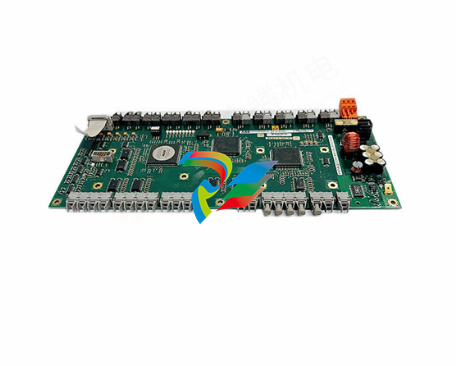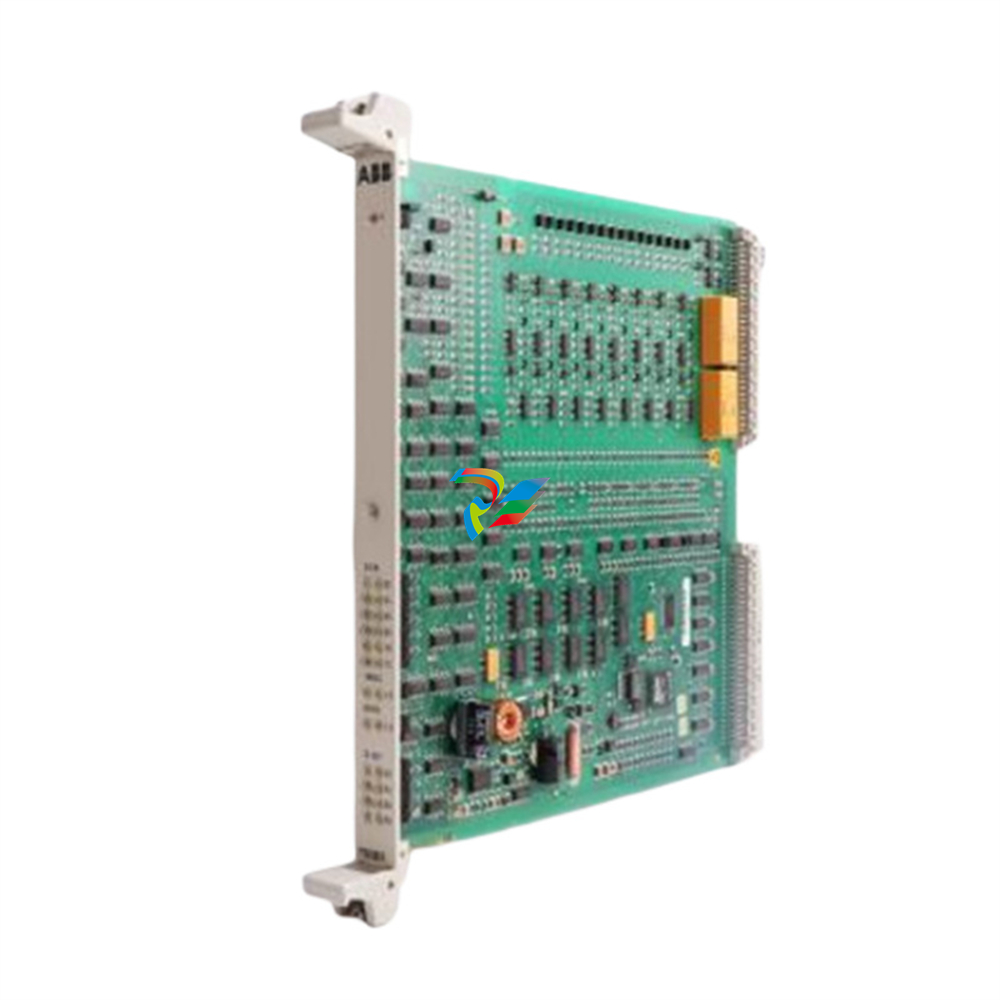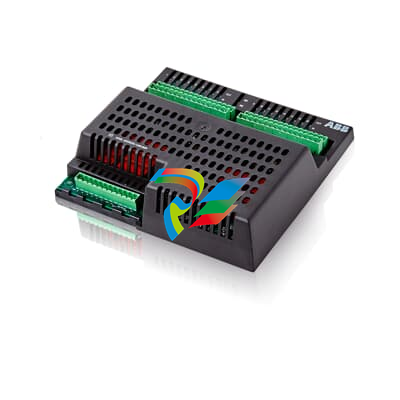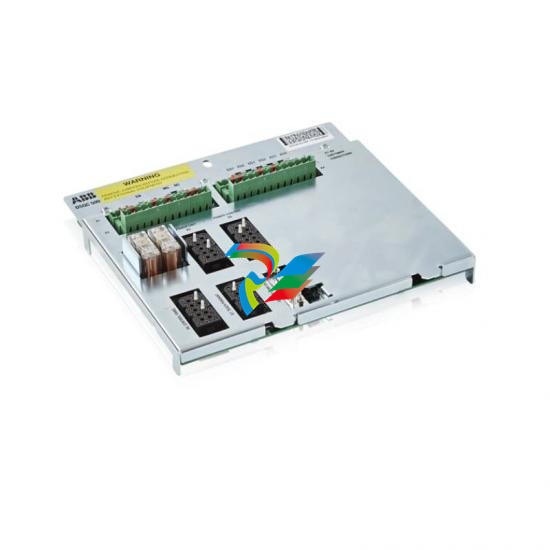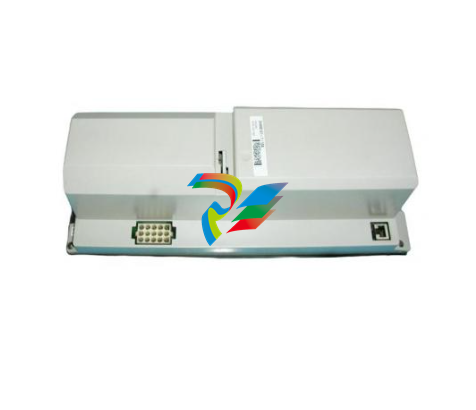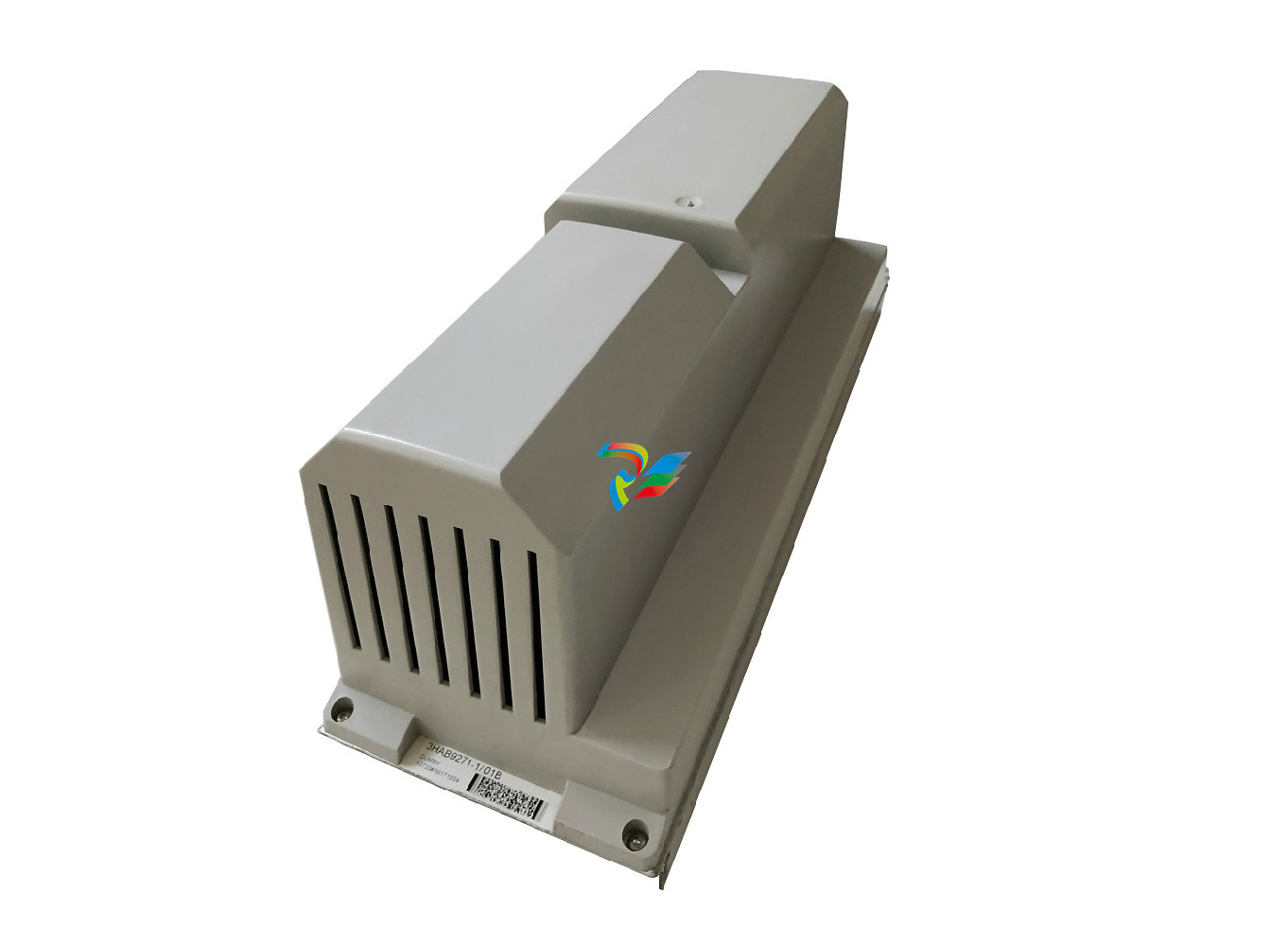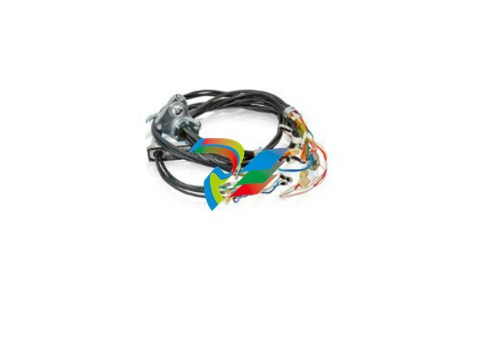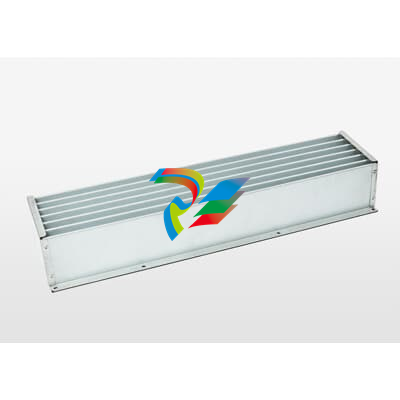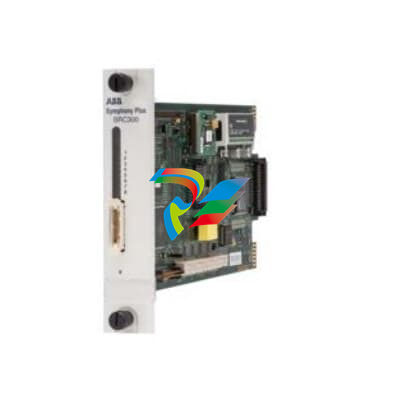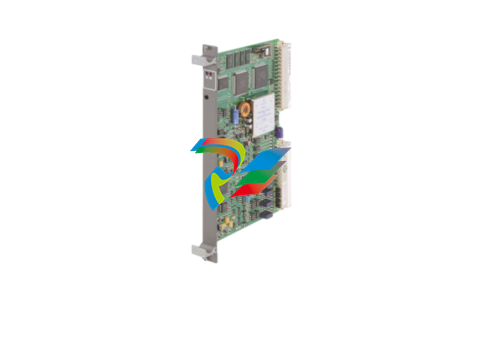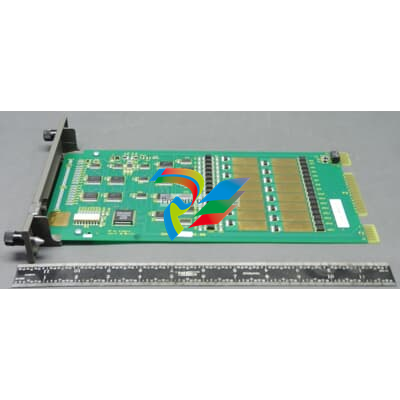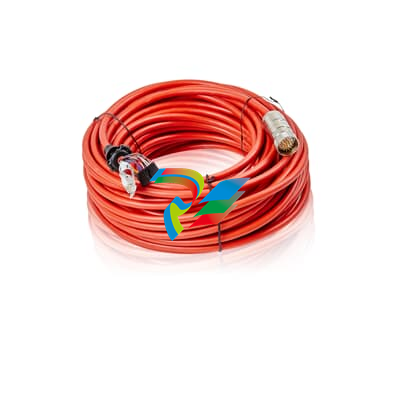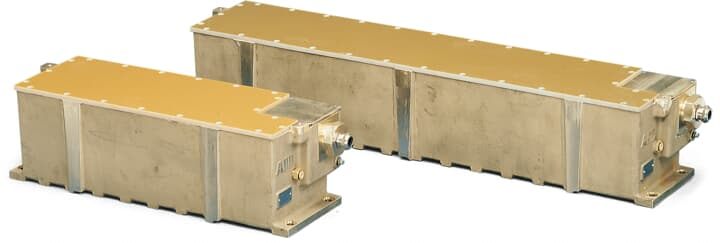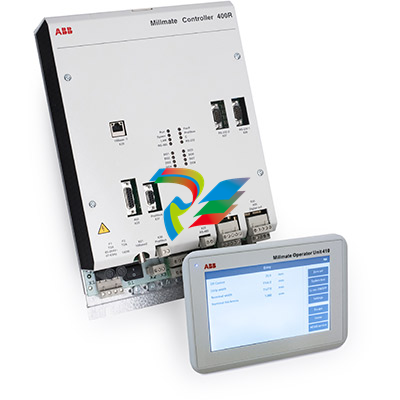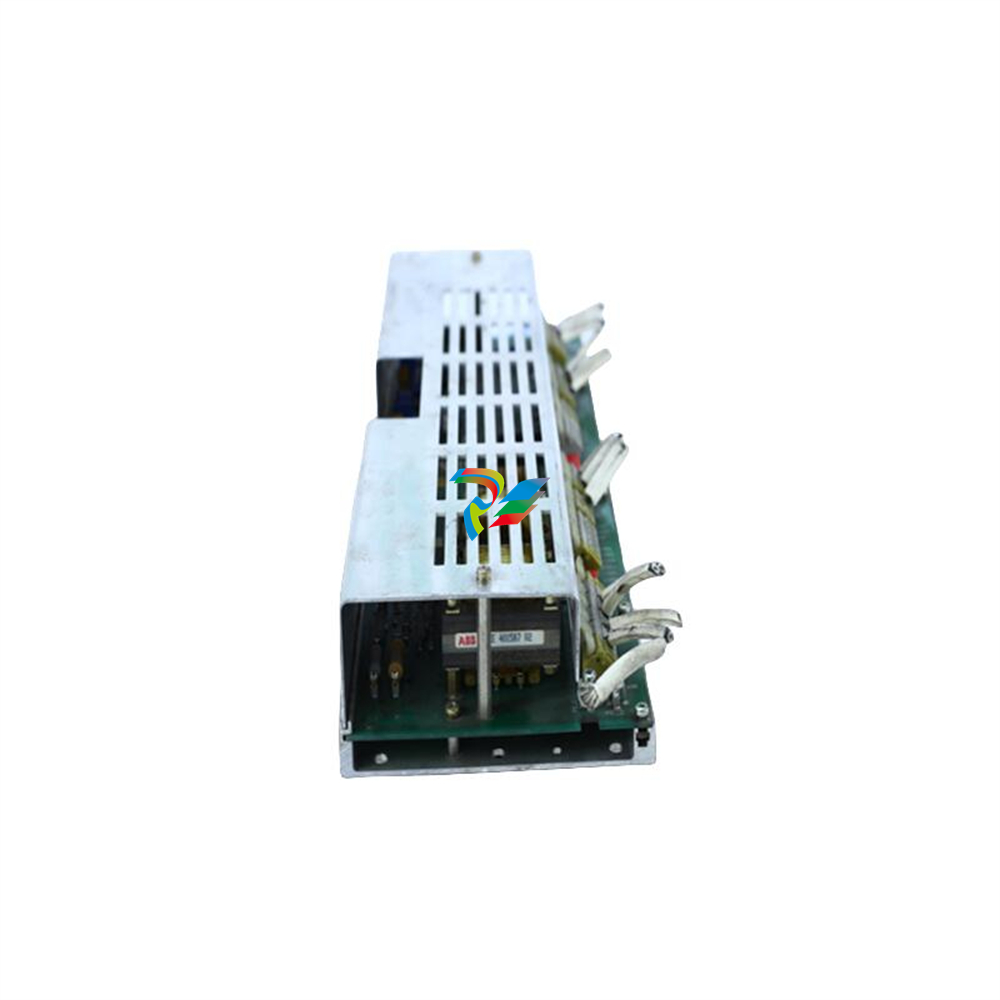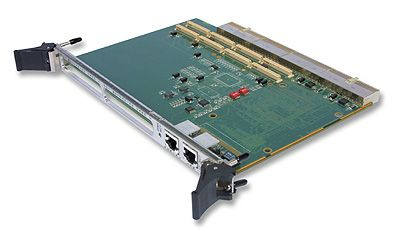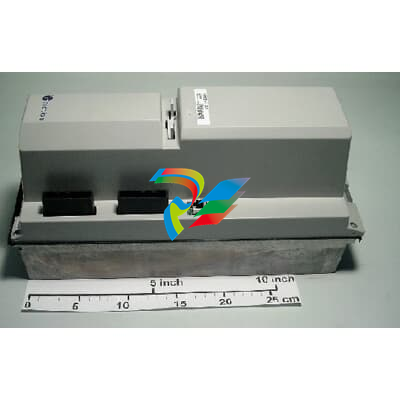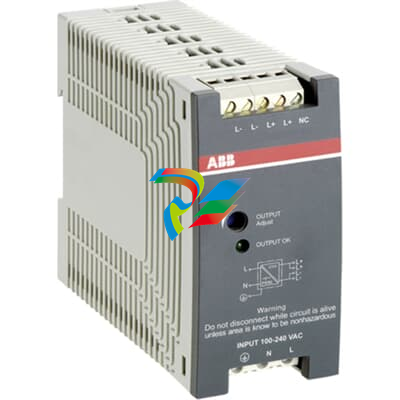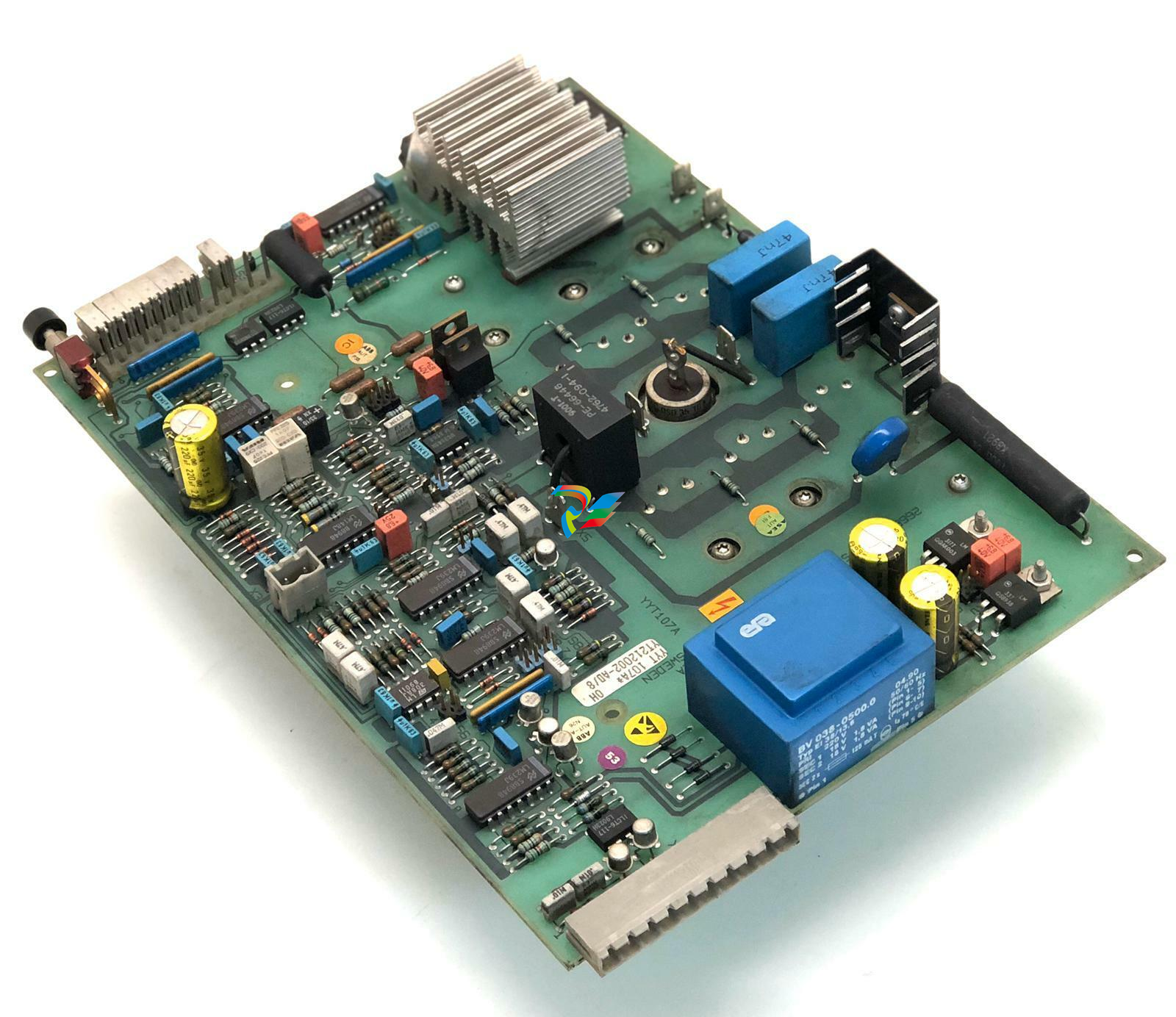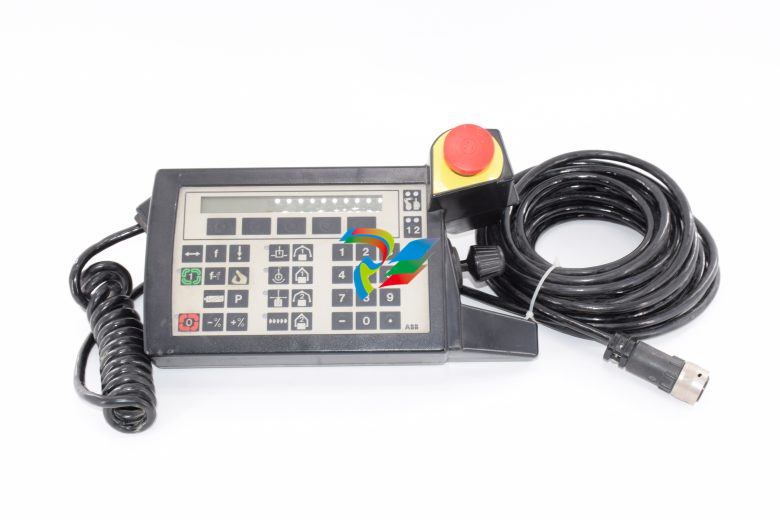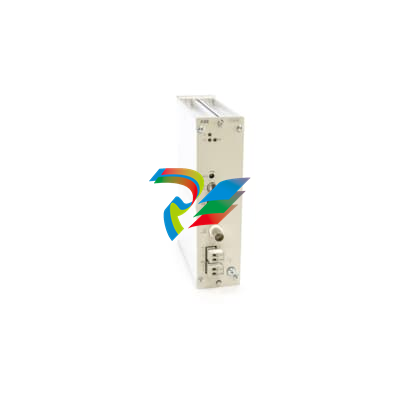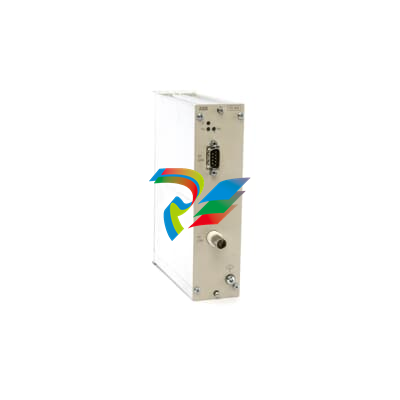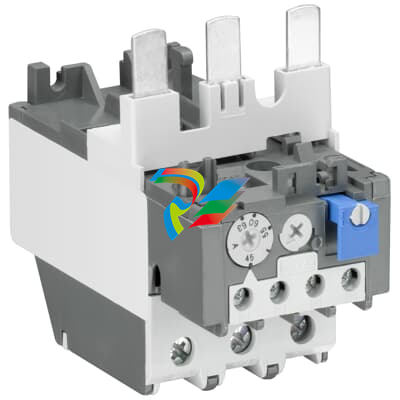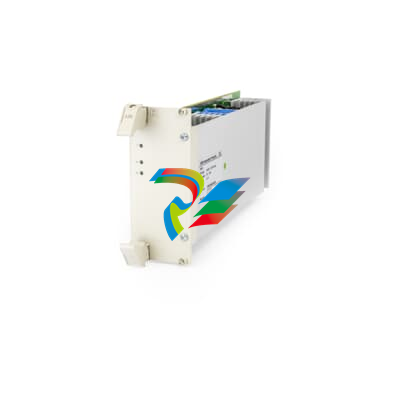
MOLEXSST-PFB-CLX Remote Rack Configuration
Edition: 1.0
Date: August 22, 2003
This document applies to the SST-PFB-CLX module.
Copyright ©2003 Woodhead Software and Electronics, a division of Woodhead Canada Limited.
This document contains information proprietary to Woodhead Software and Electronics. Any disclosure,
use or duplication of this document or any of the information contained herein, for other than the specific
purpose for which it was disclosed is expressly prohibited, except as Woodhead Software and Electronics,
A Division of Woodhead Canada Limited may otherwise agree to in writing.
SST is a trademark of Woodhead Software & Electronics. All other trade names are trademarks or
registered trademarks of their respective companies.
We at Woodhead strive to ensure accuracy in our documentation. However, due to rapidly evolving
products, on occasion software or hardware changes may not have been reflected in the documentation. If
you notice any inaccuracies, please contact us (contact information at end of document).
Written and designed at Woodhead Software and Electronics, 50 Northland Road, Waterloo, Ontario,
Canada N2V 1N3.
SST-PFB-CLX Remote Rack
Configuration
Topic Overview
To design a redundant Profibus I/O control system with ControlLogix architecture, the SST-PFB-CLX card
must be installed in a remote ControlLogix rack. In this setup, it communicates with ControlLogix CPUs
via the 1756-CNB family of ControlNet bridge cards.
Although SST’s documentation explains how to set up the SST-PFB-CLX card and ControlLogix CPU to
communicate through the local rack, no SST documentation describes how to use the card remotely
(as required for a redundant system).
About this Technical Note
This technical note documents a test carried out in Asia in May/June 2003. This document is not a
specification. Its aim is to help automation system designers estimate the number of SST-PFB-CLX cards
per remote rack vs. parameters such as byte load.
Note
The results presented in this document may vary with changes in the testing
environment, such as the CPU type, RSLogix5000 version, RSNetworx version,
SST-PFB-CLX firmware version, actual I/O load, and so on. Accurately determining
how many SST-PFB-CLX cards and how much I/O can be remotely configured may
depend on the relevant system.
This Technical Note Assumes that
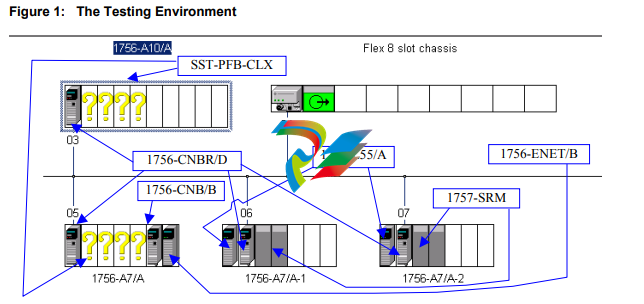
Software Output Switching Redundancy Solution vs. Hardware (1757-SRM) Solution:
According to document 1756Soft_HBU.pdf, Application Solution “Software Output System”
(Publication number 1756-AP001A-US-E), it is possible to build a ControlLogix redundant system
without the 1757-SRM modules, using ladder logic to switch control between CPUs.
Note
The test documented in this technical note is restricted to the hardware-based
redundancy configuration, which requires the two 1757-SRM modules (as shown in
Figure 1). As of this document’s writing, there has been no known successful softwarebased redundant implementation for SST-PFB-CLX, nor has SST claimed it possible to
successfully implement software output switching redundancy with SST-PFB-CLX.
Summary of Test Results
From the tests performed, it was observed that the number of cards per remote ControlLogix rack, using
one (1) ControlNet bridge, an SST RPI of 40 msec, a CN RPI of 10 msec and an NUT of 5 msec is:
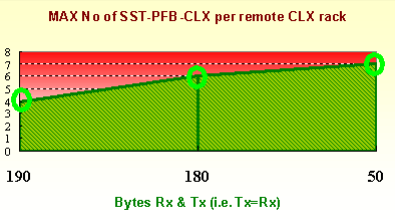
Detailed Test Results
Table 1: Parameter Setting on SST-PFB-CLX Card for
Largest Data Load (Tx=Rx=190 bytes)
Scan Cycle Times Watchdog Results Remarks
20 x 100 usec 20 msec Profibus comms. Failed
40 40 Profibus comms. Failed
60 60 Profibus comms. Failed
80 80 Profibus comms. Failed
100 100 No problem
Increasing the Number of SST-PFB-CLX Cards
per Remote Rack
As shown in the previous section, it is possible to increase the number of SST-PFB-CLX cards by
increasing the number of ControlNet bridges on the remote backplane. Whether this is practical is for the
system’s designer to decide.


































































































